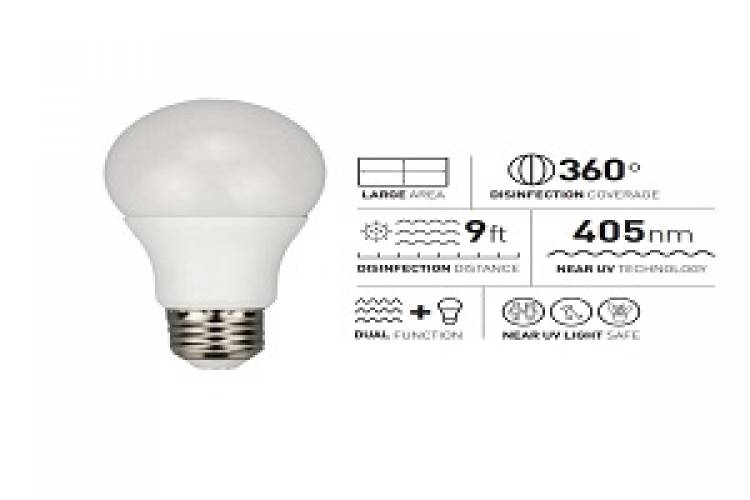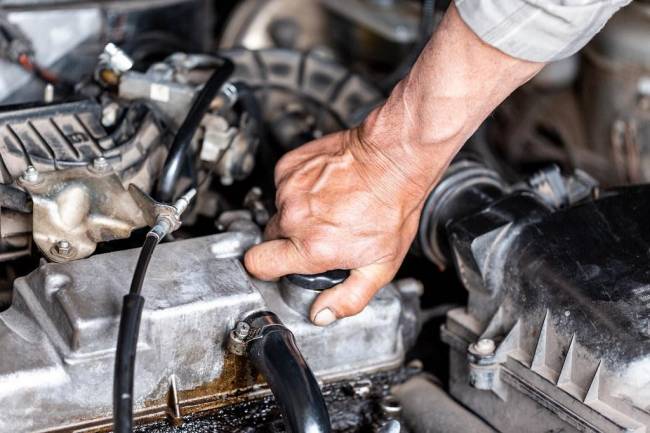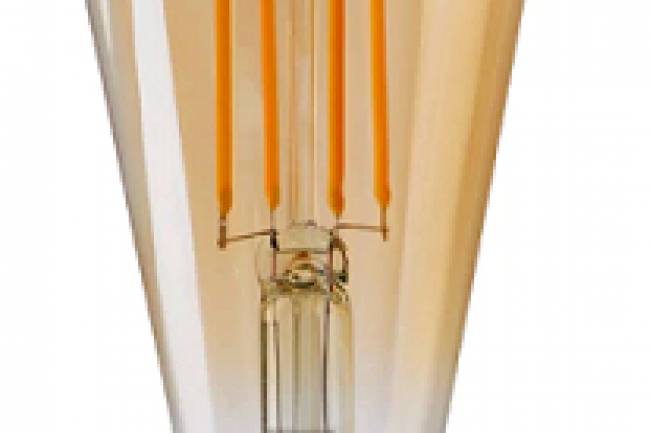
The Function of Ultraviolet Light Bulbs
Ultraviolet light bulbs belong to a certain class of specialty bulbs that are reserved for a specific set of uses. As you will see through the use of this article, the majority of them are reserved for a specific use, the primary purpose of which is not even to provide illumination, which is bizarre, to say the least. It is even more bizarre if you are generally unfamiliar with specialty light bulbs and, like the rest of us, are used to light bulbs providing light.
Therefore, to ease out of the confusion (or into it, depending on how you see it) we will talk about the ultraviolet light bulbs (also known as UV bulbs) which actually do function on a visual basis. There are some classes of UV bulbs that are designed to work as a type of blacklight. You may be familiar with black lights as they are used in clubs and party joints, as they make certain colors appear to glow vibrantly.
That, effectively, is where the visual use of UV bulbs stops, and where they start to perform other functions. For example, blacklight UV bulbs are used to observe fluorescence, and to detect fluorescent properties in order to determine the legitimacy of paper money, or, as another example, to evaluate certain artwork. Blacklights can also be used in certain niches to perform other bizarre tasks associated with fluorescence, such as to scan an area in the dark for certain scorpions, which glow under the light. Some blacklight and blacklight blue bulbs are also used for trapping insects or for providing curing of certain photosensitive materials.
With this, we can get to one of the most widespread and specialty uses of ultraviolet light bulbs, and that is the role that many of them fill in disinfection. Certain UV lamps, specifically UV light bulbs that emit UV C light on the ultraviolet spectrum, are used as germicidal light bulbs.
Now, you might be wondering to yourself, “How could a light bulb possibly be used for disinfection?” particularly if you were unfamiliar with UV bulbs from the start, but there’s an interesting trick in all of this. Then again, it isn’t really a trick but an observable scientific process. Here’s how it basically works.
Consider all of those warnings you heard about UV light when you were in school, such as how you can’t overexpose yourself or you will run the risk of developing skin cancer. It is also widely known that UV radiation is damaging to your eyes and also can cause sunburn. That is because, among other things, UV radiation (specifically UV B and UV C) damages the genetic material in your cells.
It does the same thing to bacteria and viruses. When you use a germicidal lamp to irradiate a space, such as a cooking surface, a food preparation surface, wastewater, or even medical equipment, any bacteria or viruses that are on those surfaces, will, in turn, be irradiated.
UV C light penetrates the bacterial cell wall or the capsule of the virus and destroys its DNA. This results in one of two things. Either it kills the bacteria or the virus outright, or it prevents it from reproducing. In either case, the contaminants are effectively neutralized. These types of lights are very effective for use as sterilization agents, but it is important to remember to wear the proper safety equipment when using them and to avoid exposure.
If you happen to be looking for specialty light bulbs like these or just want to learn a little more about them, get in touch with the team at Atlanta Light Bulbs. At AtlantaLightBulbs.com, you can learn more about these types of specialty lamps - and others - as well as purchase them if you have a need. You can also get in touch with them at 1-888-988-2852 if you have any additional questions you cannot answer on your own.
For more information about LED Wafer Lights and Outdoor LED Light Fixtures Please visit : Atlanta Light Bulbs.













